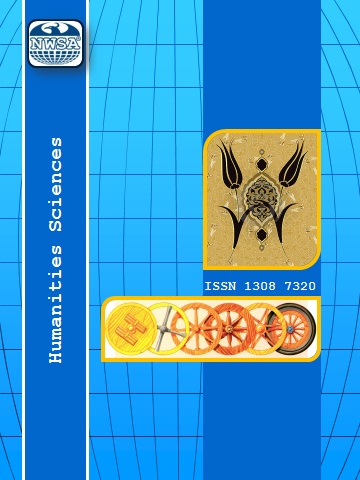SHALWAR IN TURKISH TRADITIONAL CLOTHING CULTURE
Fatma AYHAN1
It is possible to see the richness, finesse, creative intelligence and characteristics of Turkish clothing in clothing as well as in other handicrafts. The climate characteristics of the regions, the reasons for the traditions, customs and beliefs of the communities that live there have revealed the shape and style of dressing unique to the regions. As an element of material culture, clothing is one of the most important elements that symbolizes and promotes the way of life of a nation. It is shaped as a result of the aesthetic, religious, political, economic, social, geographical and cultural accumulations of a society and transferred from generation to generation. Turkish society has a rich clothing culture and this wealth has manifested itself in clothing materials as well as clothing forms. There is enough information about the clothing of Turks on murals, sculptures, pictures etc. It is seen that it is common in of a wide, large top garment with plenty of nets worn by both men and women, called shalwar. It is known that the narrow-cut one is called a pair of trousers-like clothing, but different trousers and shalwars were detected from the pictures from that period. Along with other steppe nations, it is known that the Huns invented it and it spread to the world through Europe among those who wear clothes that surround the lower part of the body, which, together with other steppe nations, encompass two legs separately for the first time in the world.
Keywords
Shalwar,
Pants,
Culture,
Central Asia,
Turkish,
 +90(535) 849 84 68
+90(535) 849 84 68 nwsa.akademi@hotmail.com
nwsa.akademi@hotmail.com Fırat Akademi Samsun-Türkiye
Fırat Akademi Samsun-Türkiye
